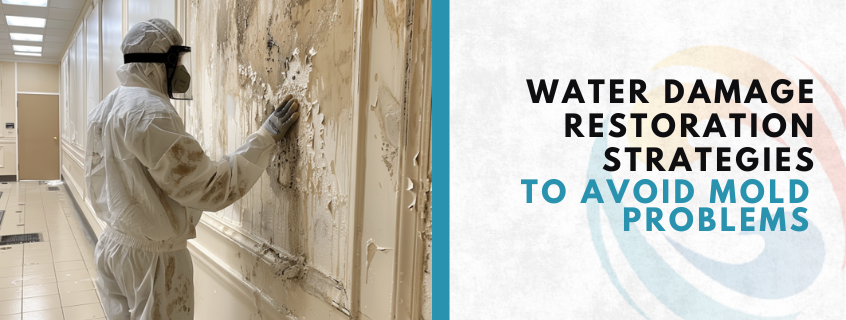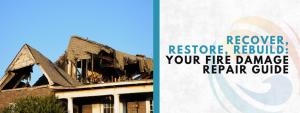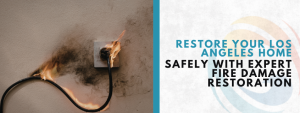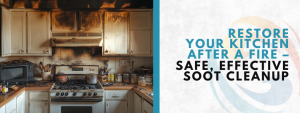Experiencing water damage in your home or business can lead to serious issues if not addressed promptly. Implementing effective water damage restoration strategies is essential to prevent mold growth, structural damage, and health risks. From quick water removal to proper drying techniques, having a clear plan helps safeguard your property. In this guide, we’ll explore the most practical and proven approaches to restore your space while avoiding costly mold problems.
Understanding the Impact of Water Damage
When water invades your home, it can come from various sources, such as heavy rain, burst pipes, or even accidents like overflowing sinks. Once water seeps into materials like wood, drywall, or carpets, the damage can escalate quickly. If not addressed promptly, it can lead to mold growth within just 24-48 hours. This is where effective water damage restoration strategies come into play.
Water Damage Restoration Strategies
- Act Quickly: Time is of the essence when dealing with water damage. If your home has been flooded or has experienced a leak, you’ll want to start investigating the situation within hours. The longer you wait, the higher your risk for mold growth.
- Remove standing water: Use a wet vacuum or a pump to eliminate any standing water. If you’re dealing with a significant flood, it might be wise to call in professionals who can handle the situation more effectively.
- Dry the area thoroughly: Once the water is removed, it’s time to dry out the affected areas. Open windows and doors to allow air circulation, use fans or dehumidifiers, and if possible, remove soaked carpets or furniture. The goal is to lower the humidity level and ensure that everything dries completely.
- Inspect for damage: Take a close look at structural elements such as beams and drywall. If they’ve been severely compromised by water, you may need to replace them entirely. Be vigilant and check for hidden pockets of moisture that can lead to mold growth.
- Disinfect and clean: After drying and inspecting the area, disinfect surfaces to kill mold spores that may be present. Use a mixture of water and detergent or a commercial cleaner. For more severe cases, especially where toxic mold is a concern, consider professional cleaning services.
- Seal and repair: After ensuring that all areas are clean and dry, repair any damage. Apply paint, sealants, or insulation as needed. By sealing your home properly, you’ll help prevent future water intrusion.
Creating a Mold Prevention Plan
Even after following water damage restoration strategies, it’s wise to prepare for the future. Here are some practical tips to help you avoid mold problems in the long run:
- Regularly inspect your home for leaks or signs of moisture. Early detection can save you time and money.
- Maintain gutters and downspouts to direct water away from your home’s foundation.
- Ensure proper ventilation in areas like bathrooms and kitchens, where moisture levels tend to be higher. Exhaust fans are a great addition!
- Use mold inhibitors in paint and sealants to reduce the risk of mold growth.
- Invest in a dehumidifier if you live in a humid climate. This can help maintain optimal humidity levels in your home.
How Can Mold and Water Damage Be Overcome?
Effectively overcoming mold and water damage requires prompt action and careful planning. Using proven water damage restoration strategies is essential to minimize risks. Start by stopping the water source, then remove excess moisture using pumps, dehumidifiers, and proper ventilation. Clean and disinfect affected areas to prevent mold growth, and inspect hidden spaces for lingering damage. Finally, repair or replace damaged materials. Following these steps ensures a safe, healthy, and fully restored property.
The Benefits of Professional Help
While DIY methods can be effective, consider that sometimes the best option is to hire professionals for water damage restoration. A trained team has the experience and equipment to handle extensive damage, ensuring the job is done right the first time. They can also help identify hidden issues you may not notice, further protecting your home from future mold growth.
Water damage restoration strategies are vital for protecting your home from mold growth. By acting quickly, properly drying affected areas, disinfecting surfaces, and staying vigilant, you can safeguard your environment. Furthermore, implementing preventive measures will further shield your home against water damage in the future.
Water damage can happen unexpectedly, but you don’t have to wait for a disaster to strike. Making your home a safe, mold-free haven starts with being proactive. Whether you’re a DIY enthusiast or prefer professional help, implementing effective Water Damage Restoration Encino strategies is essential. Quick action, proper drying, and thorough cleaning not only protect your property but also safeguard your family’s health and give you peace of mind.
Quick Recap of Water Damage Restoration Strategies
- Act quickly after water damage occurs.
- Remove standing water immediately.
- Dry thoroughly to prevent mold.
- Inspect and repair damage.
- Clean and disinfect affected areas.
- Create a mold prevention plan for the future.
By following these steps, you’re well on your way to keeping your home safe and sound. Don’t let mold take root—take action today!
FAQs on Water Damage: Causes, Response, and Restoration
What causes water damage in homes?
Water damage from leaks, floods, or backups can be reduced by acting fast with proper water damage restoration strategies.
How quickly should I respond to water damage?
It’s critical to act within 24–48 hours. Prompt drying, cleaning, and repairs help prevent mold and limit further damage.
What is restoration process?
Restoration process assesses the damage, removes standing water, dries affected areas, disinfects surfaces, and completes repairs to restore your home.
Can I handle water damage myself?
Small leaks or spills may be manageable, but extensive water damage should always be handled by professionals to prevent hidden issues.
How can I prevent mold after water damage?
Dry areas thoroughly, use dehumidifiers, clean surfaces, repair leaks quickly, and monitor humidity levels to stop mold growth.


